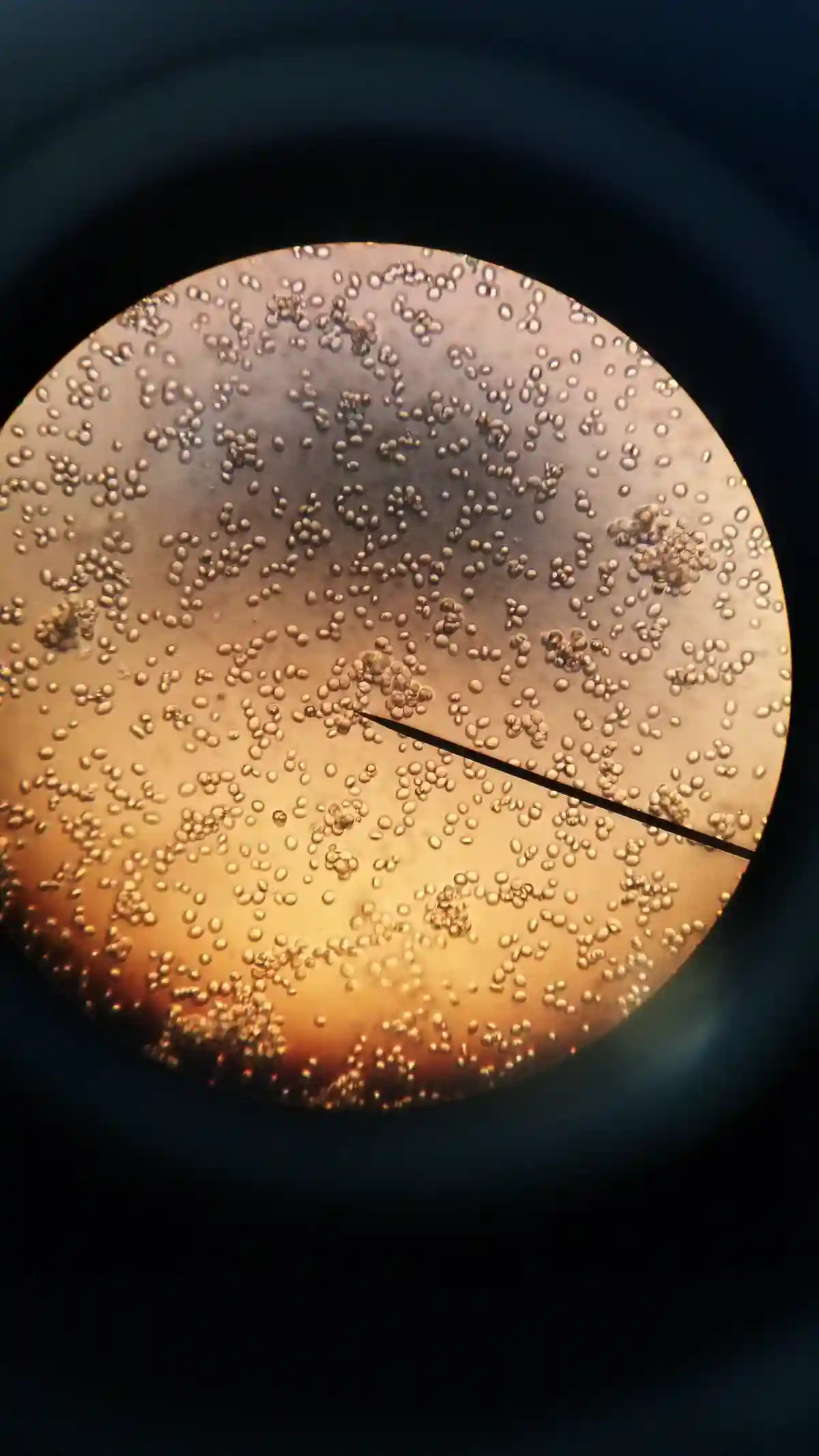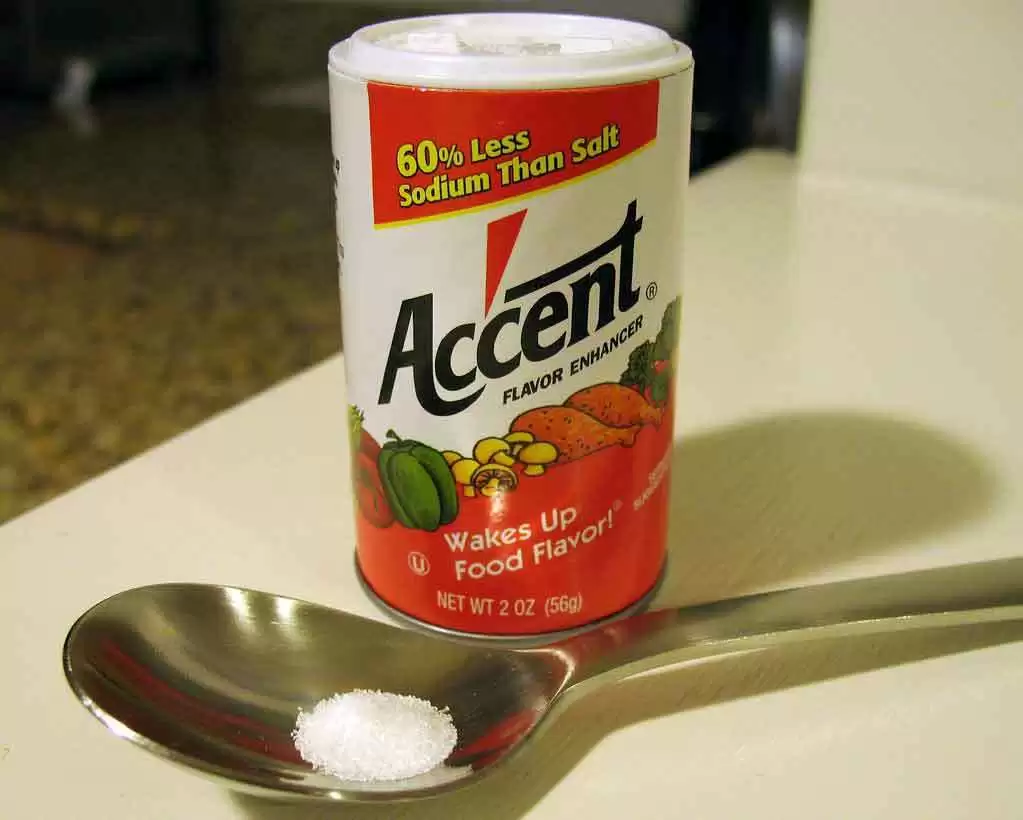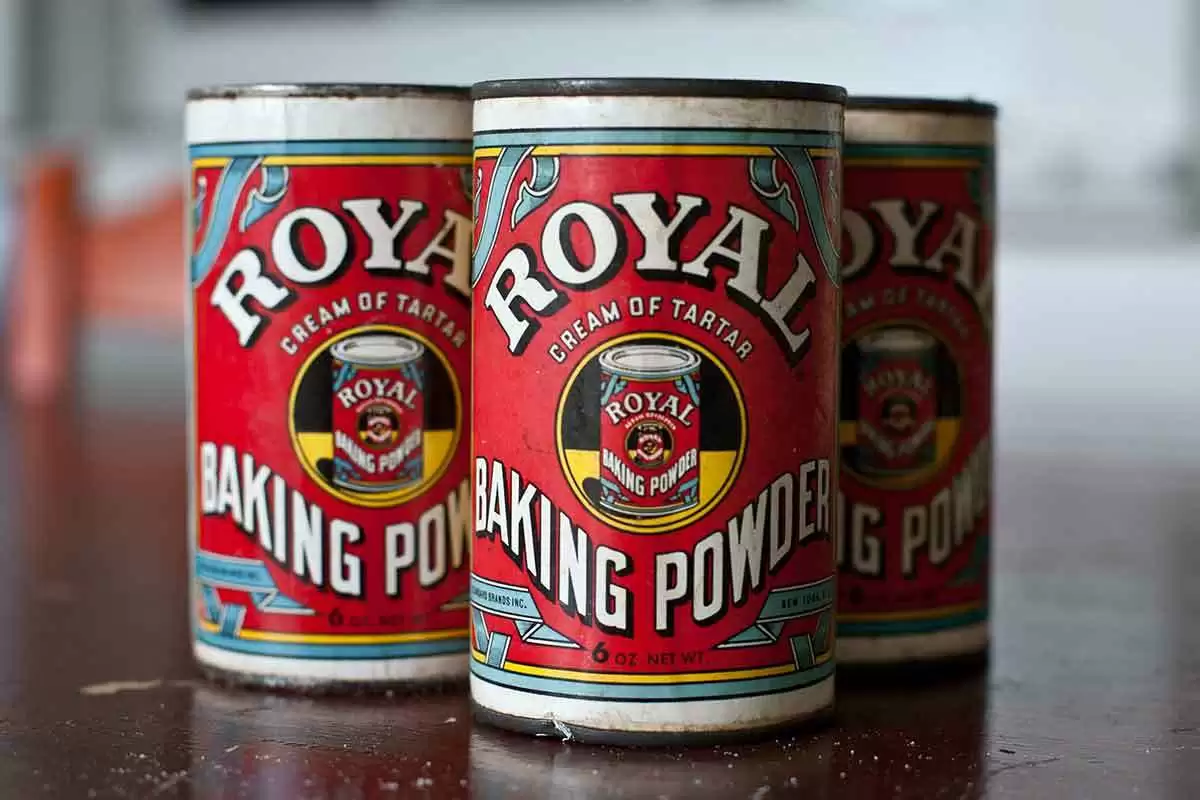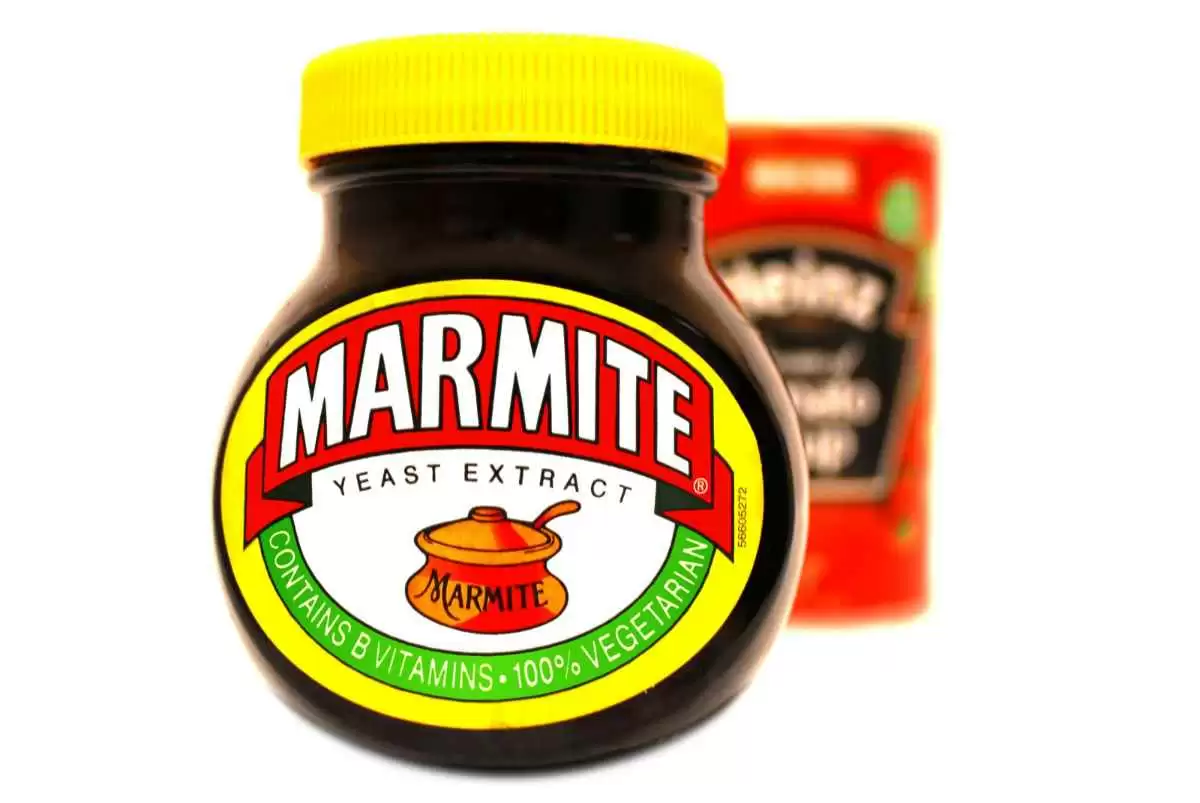Celiac.com 01/17/2024 - Maintaining a gluten-free diet is a constant journey for those with celiac disease, and remaining vigilant about food ingredients in everyday products is paramount. One such ingredient that has sparked discussions in the gluten-free community is yeast. Commonly used in the crafting of various foods and beverages, from the frothy pints of beer to the comforting aroma of freshly baked bread, yeast's historical ties to wheat and barley raise legitimate concerns for those steering clear of gluten.
A team of researchers recently set out to analyze the intricacies of gluten analysis in dried yeast and yeast-containing products, and to shed light on the safety of yeast for people on a gluten-free lifestyle.
Celiac.com Sponsor (A12):
The research team included Laura K. Allred, Mitchell G. Nye-Wood, and Michelle L. Colgrave. They are variously affiliated with the Gluten Intolerance Group of North America, Auburn, WA 98092, USA; and the School of Science, Edith Cowan University, Joondalup, WA 6027, Australia.
Their research journey was not without challenges, considering that yeast organisms actively break down any gluten present in the product, questioning the efficacy of traditional antibody-based detection methods.
The study employed both competitive Enzyme-Linked Immunosorbent Assay (ELISA) and liquid chromatography-mass spectrometry to estimate gluten protein levels in various yeast and yeast-containing products. The gold standard of gluten safety, as defined by Codex Alimentarius, is a threshold of 20 mg/kg (parts per million, ppm).
The findings revealed a generally reassuring picture. Products like yeast extracts and nutritional yeast predominantly boasted gluten levels below the established safety threshold. This aligns with the expectations of many individuals on a gluten-free diet who often turn to nutritional yeast as a flavor enhancer and source of essential nutrients.
However, the study also uncovered exceptions, emphasizing the need for meticulous scrutiny. Two of the samples analyzed, a sourdough starter culture and a brewer’s yeast nutritional supplement, contained wheat and barley gluten at levels estimated to be greater than 20 ppm by both the competitive ELISA and LC–MS/MS methods. These anomalies underscore the complexity of the gluten landscape and the importance of comprehensive testing.
The study's use of both competitive ELISA and liquid chromatography-mass spectrometry showcased their comparable effectiveness in detecting wheat and barley gluten in yeast-containing products. This dual-approach validation provides a robust foundation for evaluating gluten safety, and offers assurance to those who navigate the intricate world of gluten-free living.
Read more in Foods 2020, 9(12), 1790









Recommended Comments
Create an account or sign in to comment
You need to be a member in order to leave a comment
Create an account
Sign up for a new account in our community. It's easy!
Register a new accountSign in
Already have an account? Sign in here.
Sign In Now